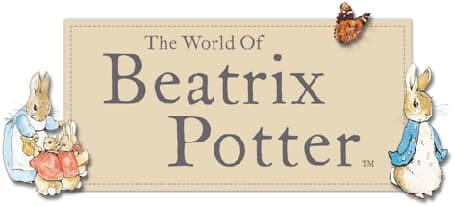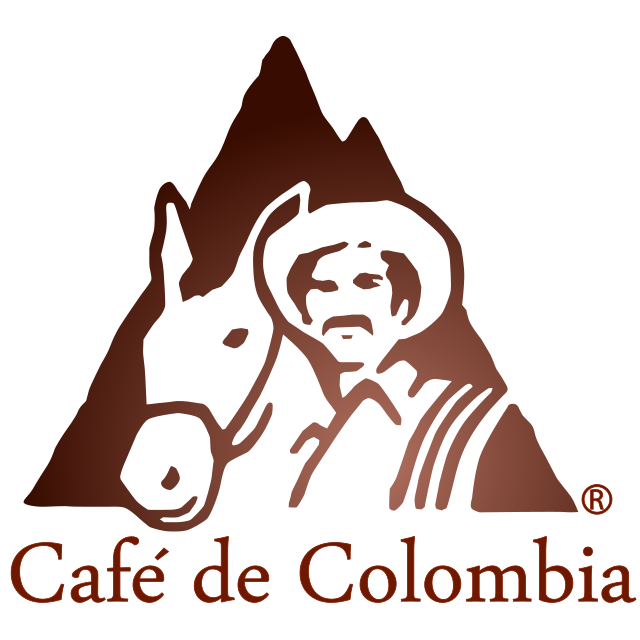Building Blocks Of Nature
Search for products on Gift Tree NZ — help us create one more Kiwi job!

The Building Blocks of Nature: Exploring the Fundamentals of Life
Nature is an intricate and beautiful system, composed of various elements that come together to sustain life on Earth. From the tiniest particles to the largest ecosystems, everything in nature operates like a well-oiled machine, with each component playing a critical role. But what exactly are the building blocks of nature?
Inthis blog post, we’ll explore the fundamental components that make up the natural world, from atoms and molecules to ecosystems, and understand how they interact to create the biodiversity we see today.
1. Atoms: The Smallest Building Blocks of Matter
Everything in nature is made up of atoms, the smallest units of matter. Atoms consist of protons, neutrons, and electrons, which combine to form molecules. These molecules are the foundation of life, from the oxygen we breathe to the complex proteins in our bodies.
-
SEO Keywords: atoms in nature, building blocks of life, what are atoms, atoms and molecules, basic units of matter
The Role of Atoms in Nature:
Atoms form the chemical elements that create everything in the universe. Oxygen, carbon, hydrogen, and nitrogen are some of the essential elements that form the basis of organic molecules, such as DNA, proteins, and carbohydrates.
2. Molecules: The Blueprint of Life
Molecules are formed when atoms bond together, and they are the next step in the building blocks of nature. Simple molecules like water (H2O) are vital for life, while more complex molecules like DNA store the genetic information that is passed down through generations.
-
SEO Keywords: molecules in nature, molecular structure, building blocks of life, DNA molecules, molecular biology
Molecules and Life:
Complex organic molecules, such as proteins and lipids, perform various functions in living organisms, from facilitating chemical reactions to forming the structure of cells. For example, DNA molecules carry genetic information that dictates how organisms develop, function, and reproduce.
3. Cells: The Basic Unit of Life
Cells are the fundamental units of life. Whether unicellular organisms like bacteria or multicellular organisms like humans, all living beings are made up of cells. Cells are highly organized, with different parts (organelles) that perform specialized functions.
- SEO Keywords: cells in nature, cell structure, what are cells, basic unit of life, types of cells
How Cells Work:
Cells can be categorized into two main types: prokaryotic and eukaryotic. Prokaryotic cells are simpler and are found in organisms like bacteria. Eukaryotic cells, on the other hand, are more complex and make up plants, animals, fungi, and algae. Each cell contains a nucleus that holds the organism’s genetic material, which is essential for reproduction and function.
4. Tissues and Organs: Specialized Structures
When similar cells work together to perform a specific function, they form tissues. Tissues then combine to create organs, such as the heart, lungs, and kidneys, each performing specialized functions necessary for survival.
- SEO Keywords: tissues in nature, organs in nature, cell tissues, specialized organs, organ systems
Tissues and Organs in Living Organisms:
In humans, the muscle tissue helps with movement, while nervous tissue transmits electrical signals throughout the body. Together, these tissues form organs like the heart, which pumps blood, and the lungs, which facilitate gas exchange.
5. Organisms: Life Forms in Nature
An organism is a living entity that is capable of performing all the basic functions of life, including reproduction, metabolism, and response to stimuli. Organisms can range from simple bacteria to complex multicellular organisms like humans, animals, and plants.
- SEO Keywords: organisms in nature, life forms, different types of organisms, ecosystems
Organisms and Their Interactions:
Each organism is made up of cells, tissues, and organs working together to perform necessary functions. Organisms interact with their environment and other living beings to maintain balance in nature. These interactions form the basis for the next component: ecosystems.
6. Ecosystems: Interconnected Communities of Life
An ecosystem is a community of living organisms interacting with each other and their physical environment. Ecosystems can be as small as a puddle or as large as the entire Earth, and they are essential for maintaining life on Earth.
-
SEO Keywords: ecosystems in nature, types of ecosystems, biodiversity, ecosystems and their role, ecological balance
The Importance of Ecosystems:
Ecosystems support biodiversity by providing habitats for different species of plants, animals, and microorganisms. These organisms interact with one another, forming food webs and nutrient cycles that ensure the survival of all members within the ecosystem.
Conclusion: Nature’s Building Blocks Work Together
The building blocks of nature, from atoms to ecosystems, work in harmony to sustain life on Earth. Each component, no matter how small, plays a vital role in the larger picture of our planet's interconnected systems. By understanding these building blocks, we can better appreciate the complexity of life and the importance of protecting the natural world.
Meta Description:
Explore the building blocks of nature, from atoms and molecules to ecosystems. Learn how these fundamental components work together to create and sustain life on Earth.
SEO Keywords:
building blocks of nature, atoms in nature, molecules and life, cells in nature, tissues and organs, ecosystems, biodiversity, components of life on Earth, basic units of life, ecosystems and biodiversity
Backlinks:
For high-quality gifts and more, check out GiftTree US and GiftTree AU. Whether you’re looking for thoughtful baby gifts, home decor, or seasonal products, GiftTree has something for everyone.
This blog includes backlinks to GiftTree US and GiftTree AU for additional context and SEO optimization. Let me know if you'd like further modifications!
4o mini



.jpg)









.jpg)





.jpeg)





.jpeg)



.jpeg)








.jpeg)



.jpeg)

.jpeg)

.jpeg)

.jpeg)




.jpeg)
.jpg)

.jpeg)






.jpeg)
.jpeg)




.jpeg)





.jpeg)


.jpeg)

.jpeg)

.jpeg)

.jpeg)







.jpeg)
.jpeg)
.jpeg)





.jpeg)



.jpeg)






.jpg)
.jpeg)









.jpg)


ulva-Logo.jpg)




.jpeg)



.png)















.png)























